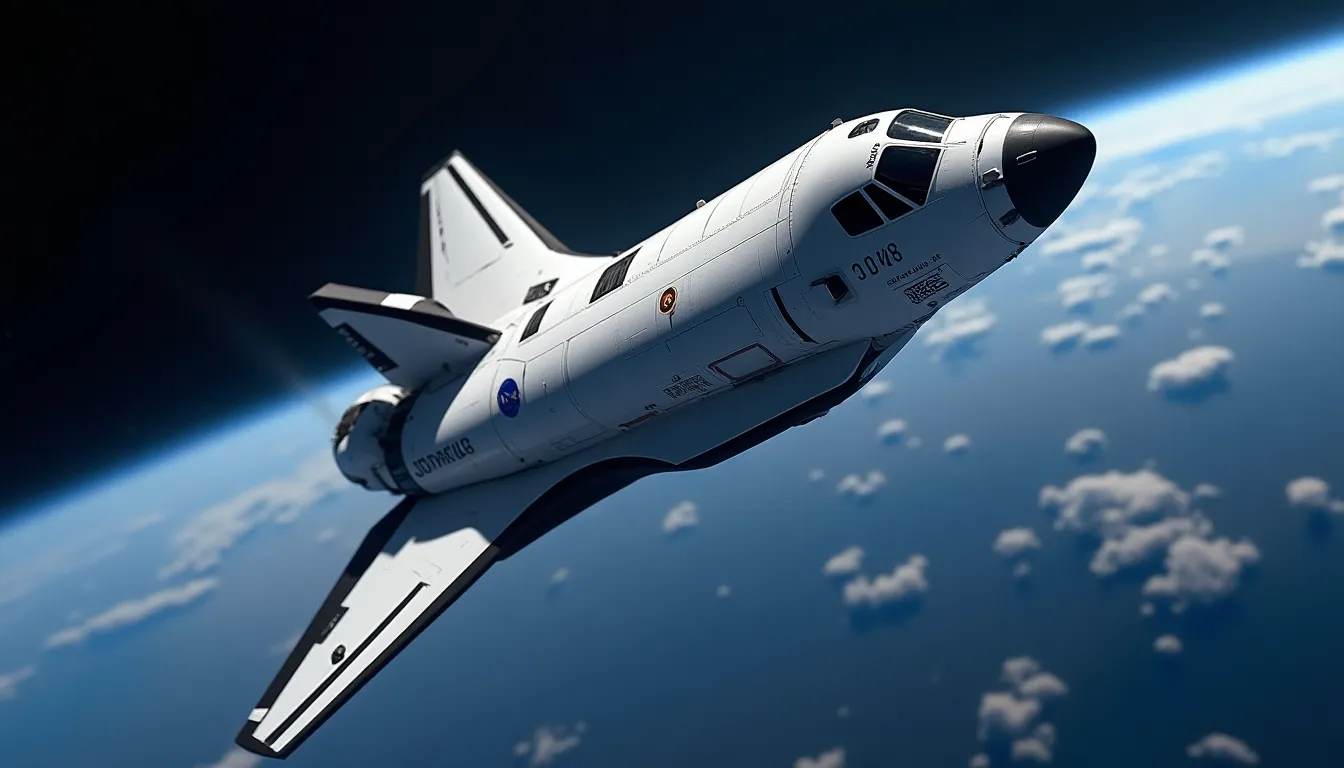In an inspiring initiative aimed at fostering interest in science, technology, engineering, and mathematics (STEM), NASA astronauts are set to host a live question-and-answer session with students from Minnesota. This event highlights NASA’s commitment to education and outreach, providing young minds with direct access to space exploration insights from those who have experienced it firsthand.
Inspiring the Next Generation
Scheduled for [insert date], the event will allow students from various Minnesota schools to interact with NASA astronauts, including those who have participated in missions aboard the International Space Station (ISS). This unique opportunity not only encourages students to ask their burning questions about life in space but also promotes excitement about potential careers in aerospace and defense.
“Events like these are crucial for inspiring the next generation of explorers and innovators,” said Dr. Emily Johnson, a NASA astronaut and veteran of multiple space missions. “When students see the possibilities of space travel and understand the technology behind it, they begin to envision their future in STEM fields.”
The Role of Technology in Space Exploration
During the Q&A, students can expect to hear about the advanced technologies that enable human spaceflight. NASA’s missions are supported by cutting-edge products such as high-precision accelerometers and sophisticated thermal management systems that keep astronauts safe and comfortable in the harsh environment of space.
These tools are vital for maintaining the integrity of spacecraft systems. For instance, precision accelerometers are crucial for monitoring spacecraft motion and ensuring accurate navigation. Moreover, NASA’s innovative thermal management systems help regulate temperatures onboard, which is essential for both crew safety and equipment functionality.
Engaging with Real-World Applications
The interaction will also focus on real-world applications of the knowledge gained through space exploration. Students are encouraged to ask about the practical uses of technologies developed by NASA, such as inertial navigation systems, which are crucial for accurately determining a spacecraft’s position and orientation in space.
“NASA’s advancements in inertial navigation systems not only enhance our capabilities in space but also have applications on Earth, from aviation to autonomous vehicles,” noted Dr. Michael Roberts, an aerospace engineer at NASA.
Fostering a Culture of Curiosity
This event aligns with NASA’s broader educational outreach programs, which aim to engage students nationwide. By participating in discussions about space missions, students learn to think critically and innovate, key skills needed in today’s rapidly evolving technological landscape.
“Curiosity is the cornerstone of scientific discovery,” said Dr. Johnson. “By encouraging students to ask questions and explore their interests, we are nurturing a culture of curiosity that will lead to groundbreaking discoveries in the future.”
Future Developments and Impacts
As NASA continues to push the boundaries of space exploration, the agency is also focused on fostering the next generation of scientists and engineers. The upcoming Artemis missions, which aim to return humans to the Moon by 2024, will also serve as a catalyst for educational initiatives. These missions will require advanced technologies and innovations, including enhanced gyroscopic instruments for precise orientation control during lunar landings.
The implications of these developments extend beyond space exploration. The technologies developed for Artemis and future Mars missions will drive advancements in various fields, including telecommunications, environmental monitoring, and national defense.
Conclusion
NASA’s live Q&A session with Minnesota students is an exemplary model of how engagement in STEM can shape the future of aerospace and defense. By connecting students with experienced astronauts, NASA not only ignites a passion for exploration but also illustrates the importance of technology in overcoming challenges in space. As the agency prepares for its next milestones, the excitement generated from such interactions could very well inspire the next generation of innovators who will continue to advance humanity’s presence in space.
For more information on NASA’s educational initiatives and upcoming events, visit their official website.



